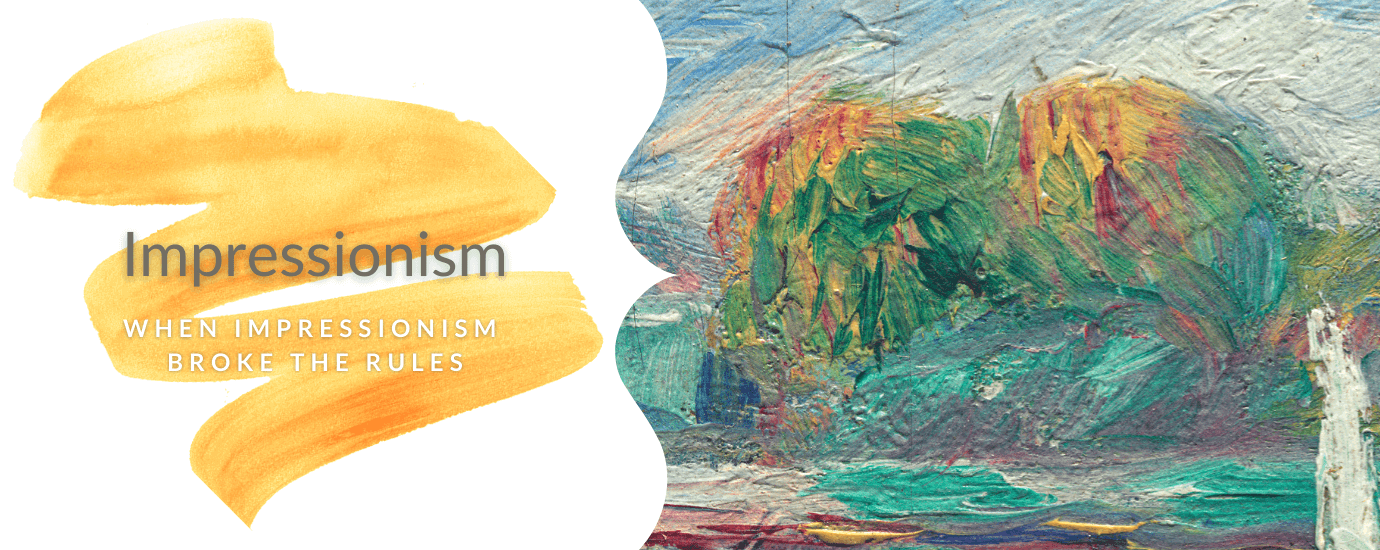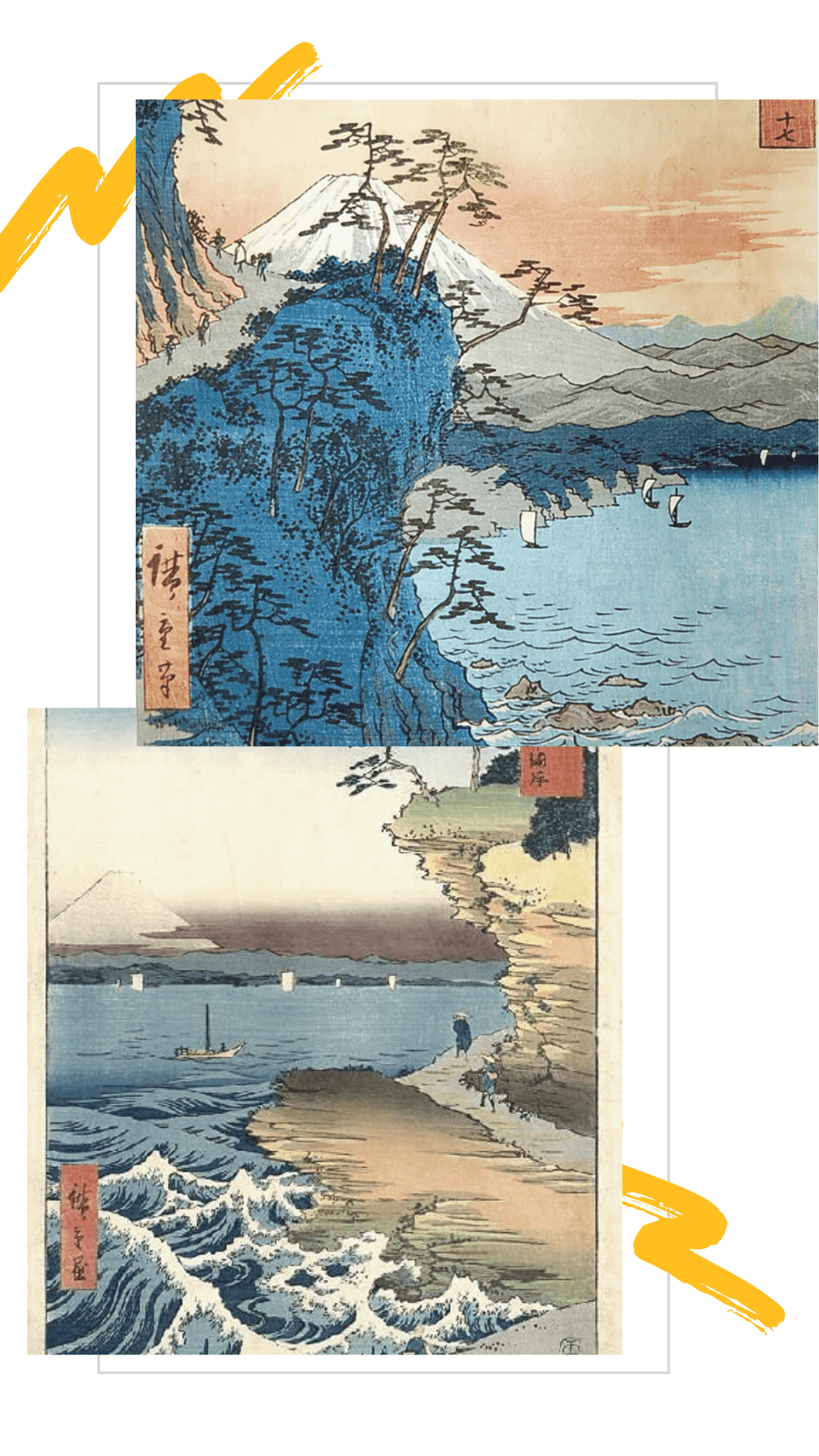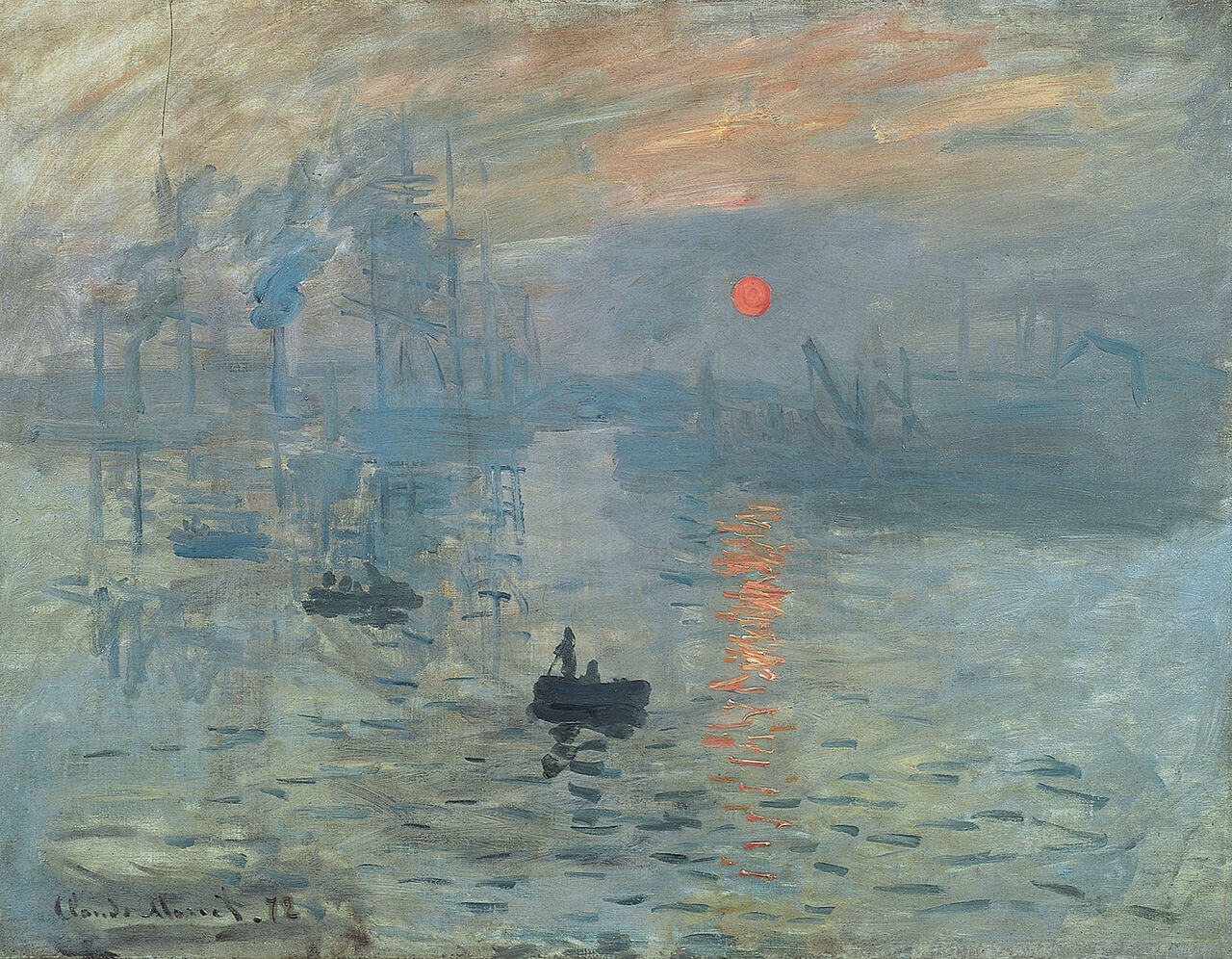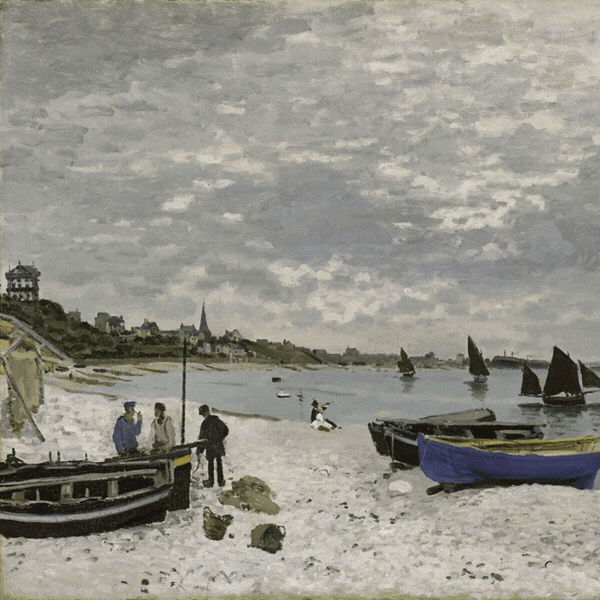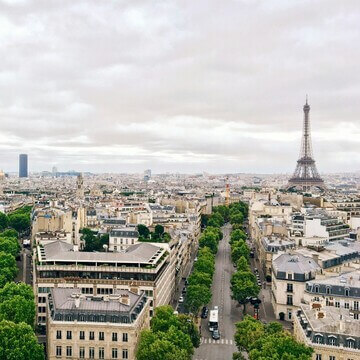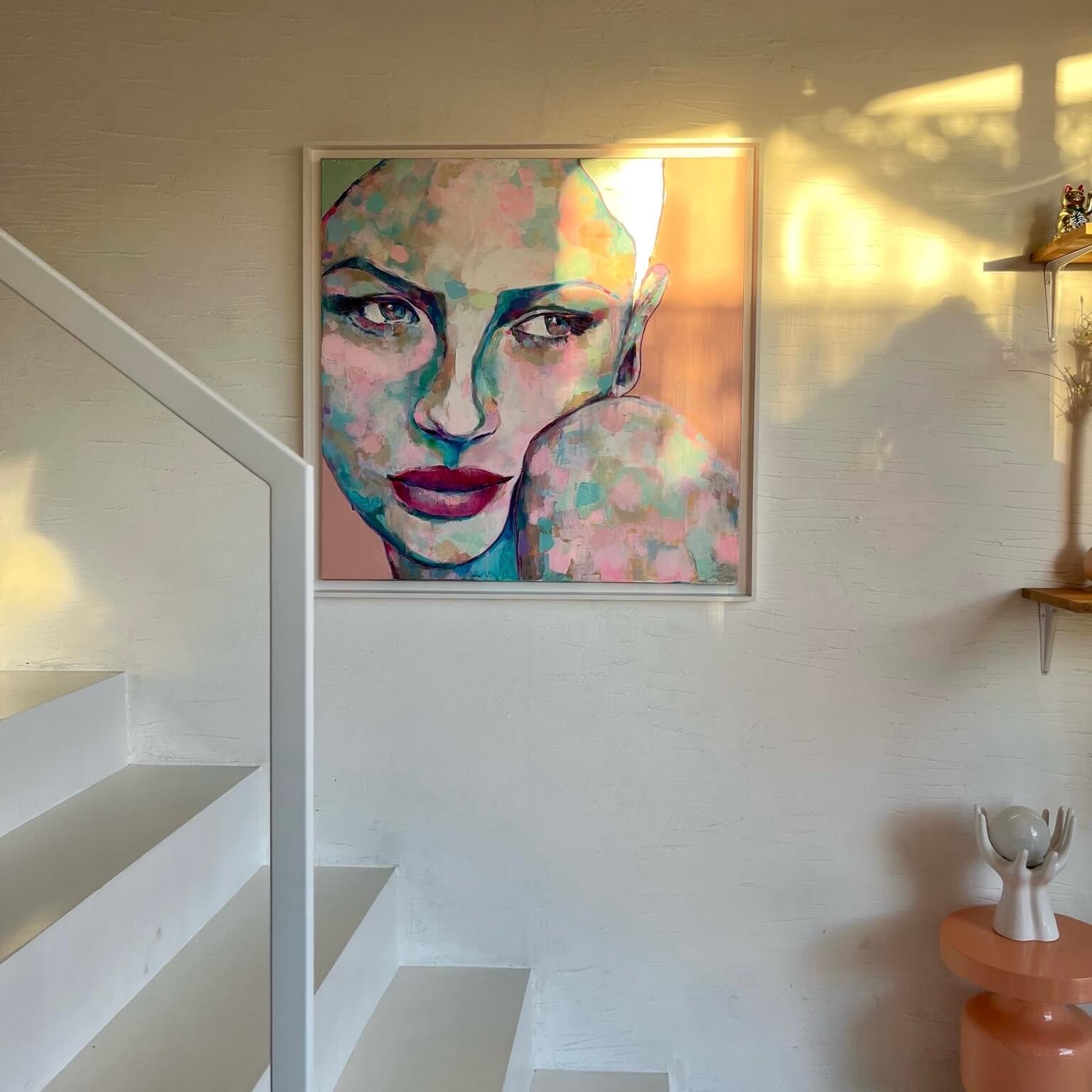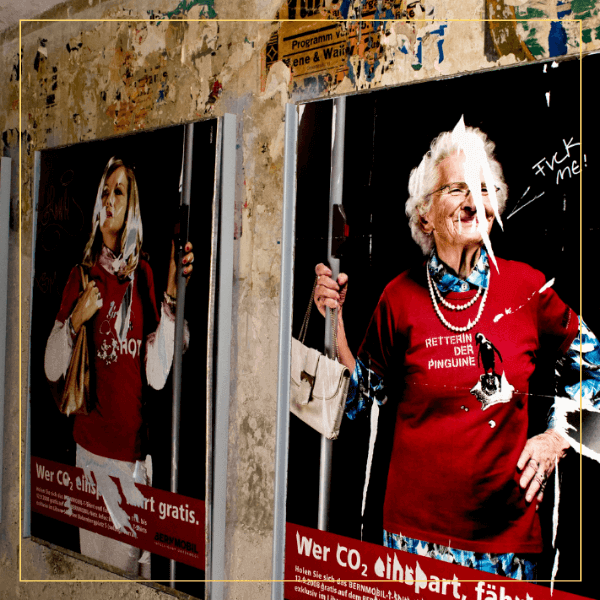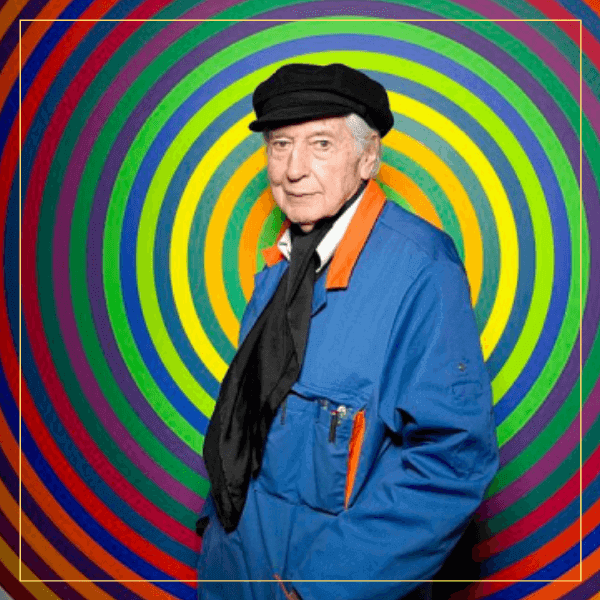DETAIL ORIENTED AND STRUCTURED DESIGNS
"I paint what I see, not what others like to see".
Edouard Manet’s words perfectly summarized the spirit of Impressionism.
This revolutionary art movement from the second half of the 19th century is trying to get out of codes and strict rules set by the Royal Academy of Painting and Sculpture.
In the heart of a France led by the authoritarian regime of Napoleon III, whose cultural policy is focused entirely on the greatness of his empire, only are accepted by the public and critics historical or religious subjects.
The attention to detail is important, the drawings are structured, the color is rarely taught and romantic painters like Delacroix also with realists like Courbet are praised.

